Australian Curriculum V9 English
Bring Australian Curriculum V9 to your English lesson plans with teacher-created worksheets, games, hands-on activities and more teaching resources aligned to the latest version of the Australian curriculum!
This robust resource collection comes from the expert English teachers of Teach Starter, who have applied the changes made to the F–10 Australian Curriculum in version 9.0 to our popular resources and added even more printable and digital options for teachers!
Curious about what's new for English teachers in V9? Read on for a primer from our teacher team!
Changes to English in Version 9.0
ACARA has called version 9 a "more stripped-back and teachable curriculum," and English teachers will notice there's more of an emphasis on phonics instruction than ever before.
Here are some other important changes that have come in the latest Aus curriculum, as well as some things that have remained the same!
- There's more of a cross-curriculum priority of Aboriginal and Torres Strait Islander Histories and Cultures.
- References to 'predictable texts' and the '3-cueing system' have been removed from the new curriculum, along with 'combining contextual, semantic, grammatical and phonic knowledge.' Year 1 teachers will notice that the term 'visual memory' is also gone from mentions of reading and writing high-frequency words.
- The three strands of Language, Literature and Literacy remain as organisers.
- Content descriptors that deal with students learning word level knowledge and reading no longer appear in the 'Language' section. Instead, you will find them in the 'Literacy' section.
- Plus Plan

Syllables Treasure Hunt - Interactive Activity
Practise the correct method of breaking words into their syllables with this engaging interactive activity.
- Plus Plan
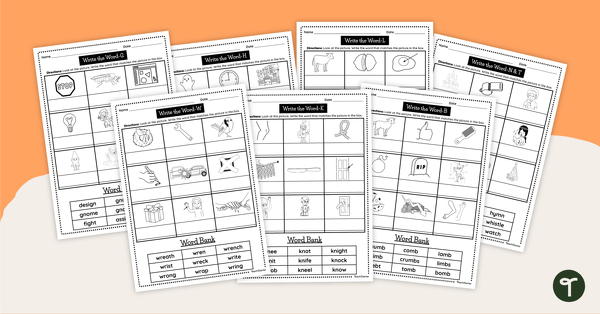
Silent Letters Worksheets - Word and Picture Match Up
Explore silent letters in one- and two-syllable words with this set of 7 targeted worksheets.
- Plus Plan
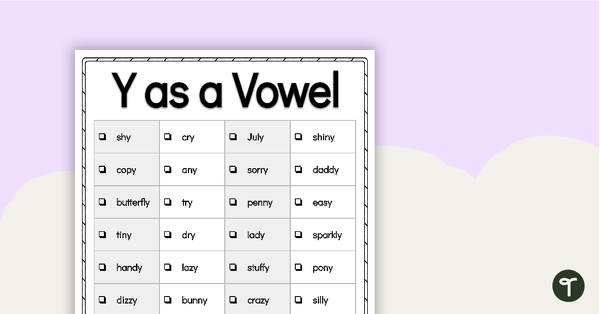
Word Study List - Y as a Vowel
Introduce and explore words containing the letter ‘y’ making a vowel sound with this extensive list of words.
- Plus Plan
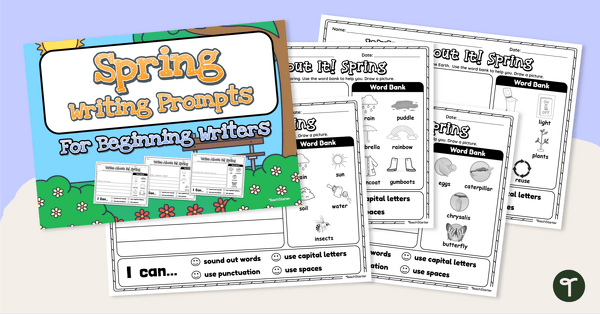
Spring Writing Prompts for Beginning Writers
Use the season of spring to inspire writing in your early years classroom.
- Plus Plan
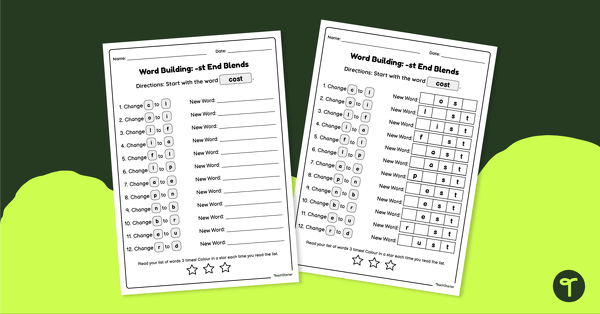
Word Chain Worksheet - End -st Blends
Create word chains by manipulating the individual phonemes in words with this differentiated word-building worksheet.
- Plus Plan

FIND IT! Long and Short Vowels - Task Cards
Practice distinguishing between short vowel sounds and long vowel sounds with this set of 16 task cards.
- Plus Plan
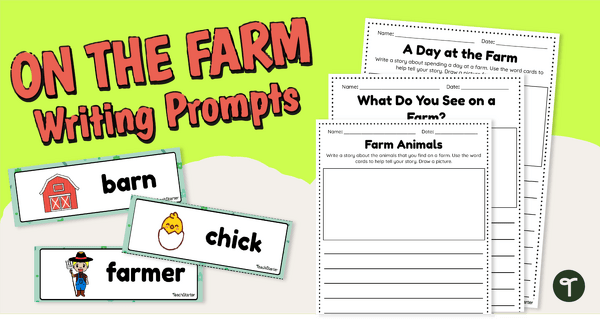
Farm-Themed Flashcards and Writing Prompts
Build vocabulary and writing skills with this ocean-themed writing activity.
- Plus Plan
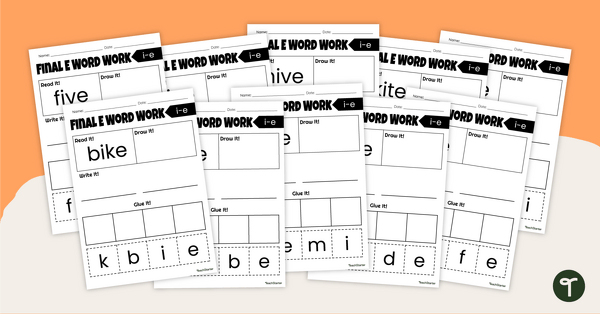
Final 'E' Worksheet Pack (I_E)
Explore words that make the 'long i' sound using the split i_e digraph with this set of 11 worksheets.
- Plus Plan
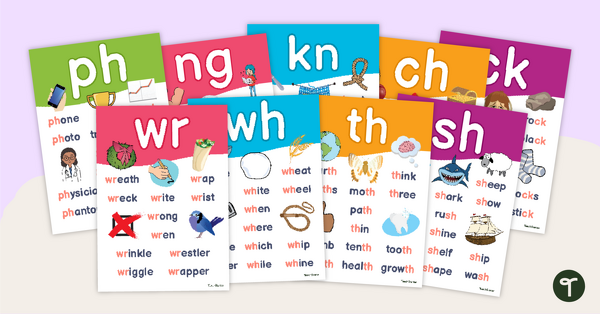
Consonant Digraphs Poster Pack
Expose your students to the most common consonant digraphs with this set of 9 posters.
- Plus Plan
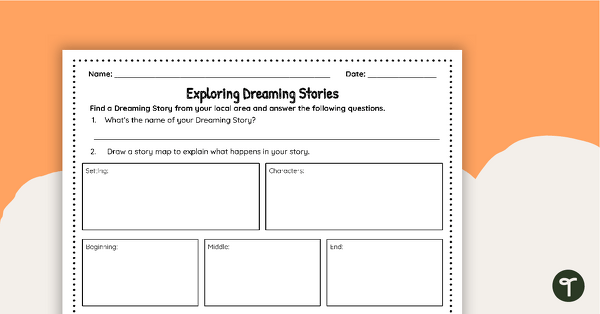
Explore a Dreaming Story – Worksheet
Use this template to explore First Nations’ Dreaming stories and unlock how they connect to Country.
- Plus Plan
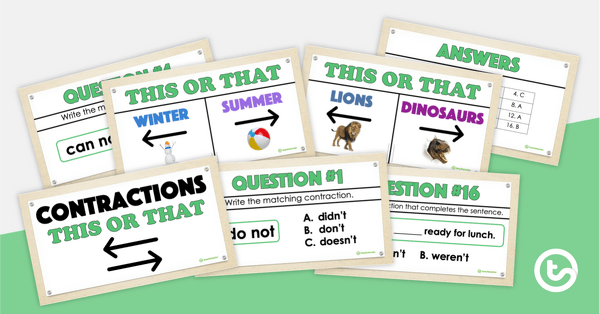
This or That! PowerPoint Game – Contractions
A quiz to consolidate your students' understanding of contractions.
- Plus Plan
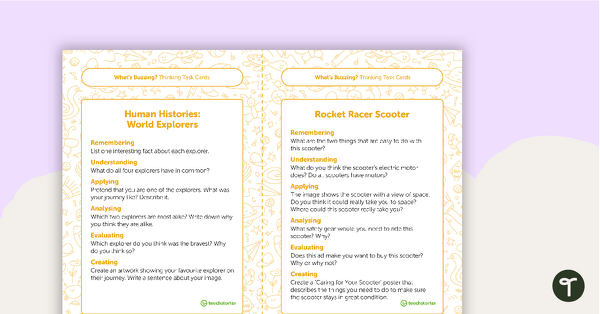
Year 2 Magazine - "What's Buzzing?" (Issue 1) Task Cards
A set of five literacy rotation task cards to be used in conjunction with Issue 1 of Teach Starter's Year 2 magazine.
- Plus Plan
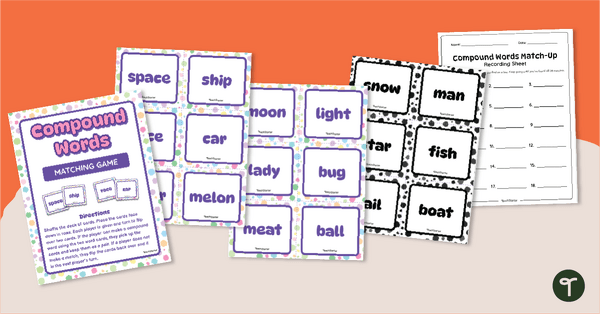
Compound Words Matching Game
Combine words to make compound words with a fun, printable Compound word game.
- Plus Plan
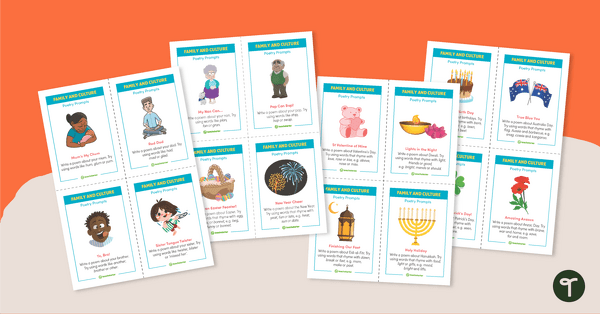
Prompts for Poetry – Family and Culture
A set of 16 illustrated poetry task cards to help students write about their family and cultural celebrations.
- Plus Plan
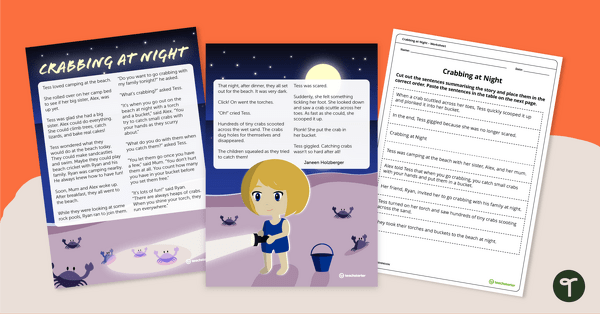
Crabbing at Night - Sequencing Worksheet
Identify the story beginning, series of events and ending with this narrative text sequencing activity.
- Free Plan

Long and Short Vowel Sort
A sorting by long vowel, short vowel printable.
- Plus Plan
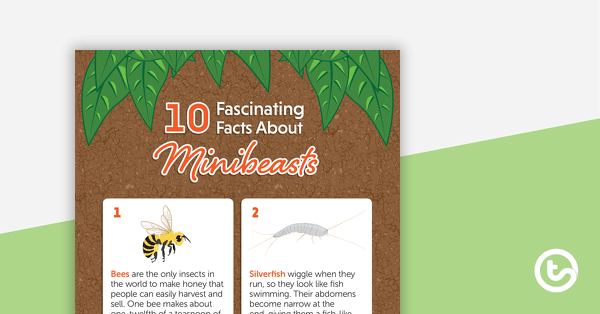
10 Fascinating Facts About Minibeasts – Worksheet
A comprehension worksheet for a fascinating facts article from the Year 2 magazine (Issue 2).
- Plus Plan
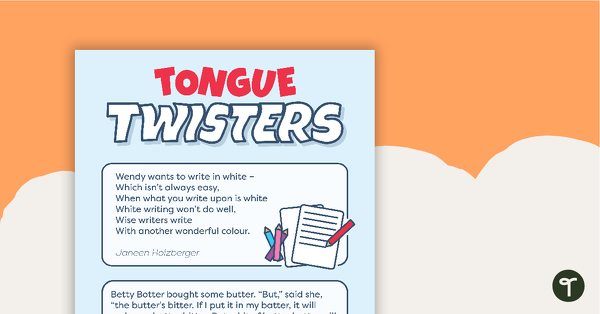
Tongue Twisters – Worksheet
A comprehension worksheet for a magazine article from the Year 1 magazine (Issue 3).
- Plus Plan
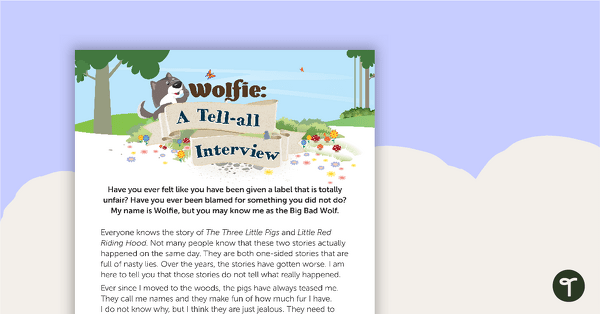
Wolfie: A Tell-all Interview – Worksheet
A comprehension worksheet for a narrative from the Year 2 magazine (Issue 3).
- Plus Plan
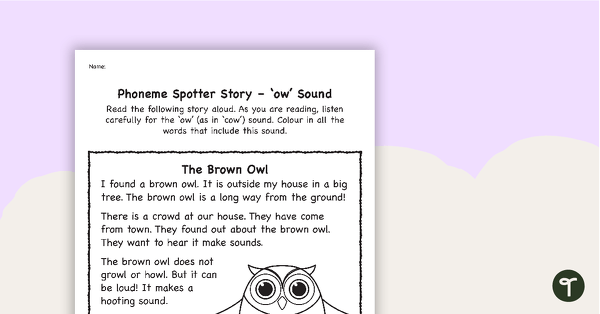
Phoneme Spotter Story – 'ow' Sound
A decodable text featuring various graphemes that make the ‘ow’ sound.
- Plus Plan
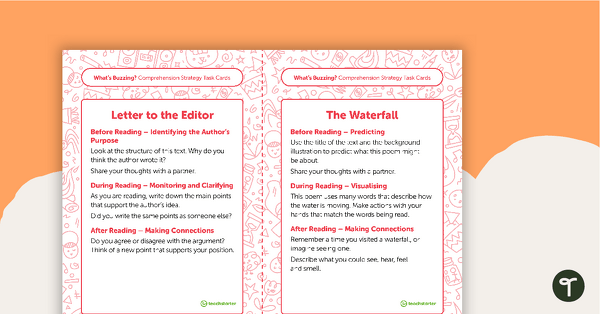
Year 2 Magazine - "What's Buzzing?" (Issue 2) Task Cards
A set of five literacy rotation task cards to be used in conjunction with Issue 2 of Teach Starter’s Year 2 magazine.
- Free Plan

Letter to the Editor (More Screen Time) – Worksheet
A comprehension worksheet for a magazine article from the Year 2 magazine (Issue 3).
- Plus Plan
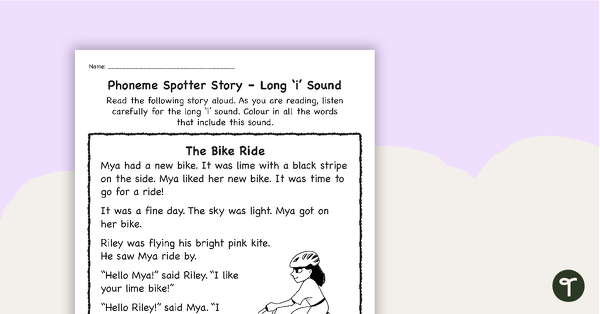
Phoneme Spotter Story – Long 'i' Sound
A decodable text featuring various graphemes that make the long 'i' sound.
- Plus Plan
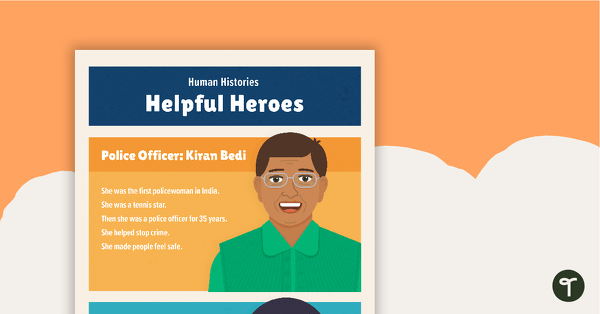
Human Histories: Helpful Heroes – Comprehension Worksheet
A comprehension worksheet for an article about people around the world who have dedicated their lives to helping others.
- Plus Plan
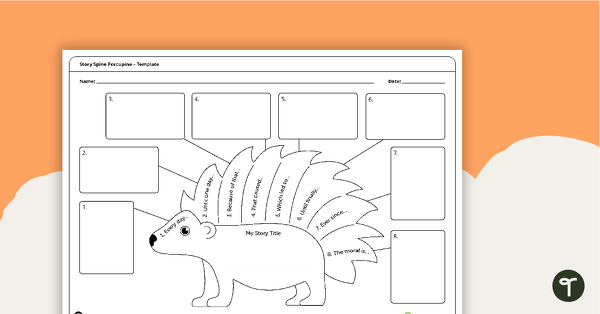
Story Spine Porcupine – Narrative Writing Template
A template designed to help students plan their narrative writing structure.
- Plus Plan
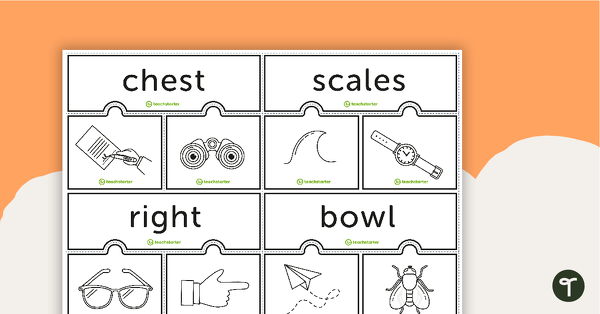
Multiple Meaning Match-Up Cards (Black and White Version)
16 match-up puzzles to use in the classroom when identifying homonyms.
- Free Plan

What Toy Am I? - Toy Definition Match Up Game
A set of 20 puzzle cards for students to match pictures of toys to their definition.
- Plus Plan
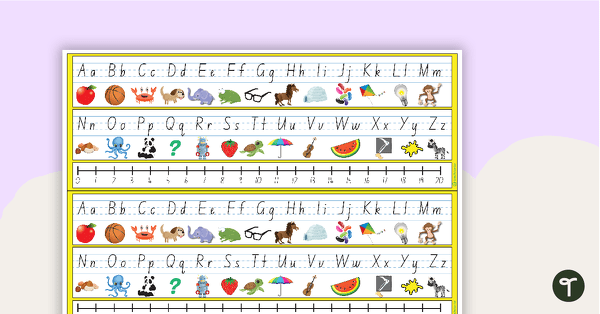
Desk Plate Alphabet and Number Line with Pictures - 0-20
Desk plates with the alphabet, pictures and 0-20 number line.
- Plus Plan
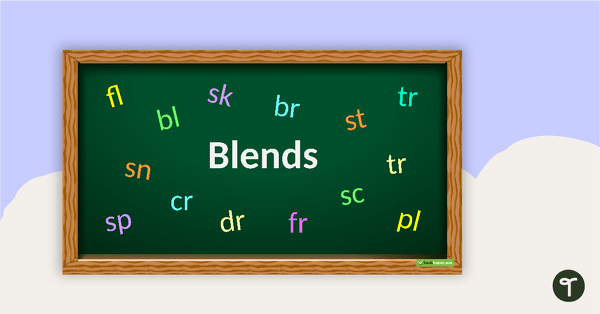
Blends PowerPoint
A 21 slide PowerPoint presentation on different blends.
- Plus Plan
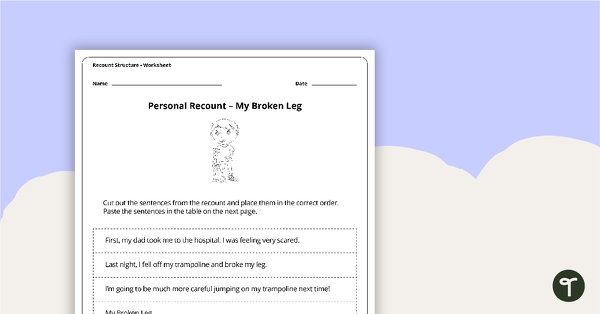
Personal Recount Sequencing Activity - My Broken Leg
A worksheet to use in the classroom when learning the sequence of a personal recount.
- Plus Plan
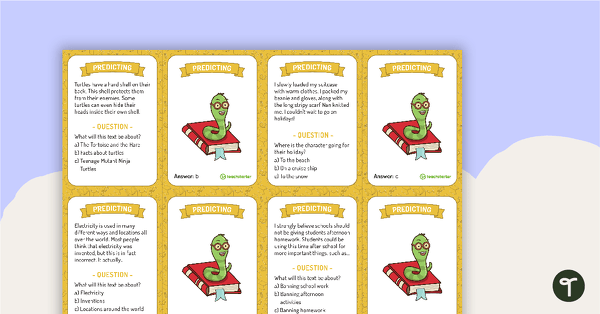
Out of the Book - Comprehension Board Game
A fun comprehension strategy board game for students to play during literacy rotations.
- Plus Plan
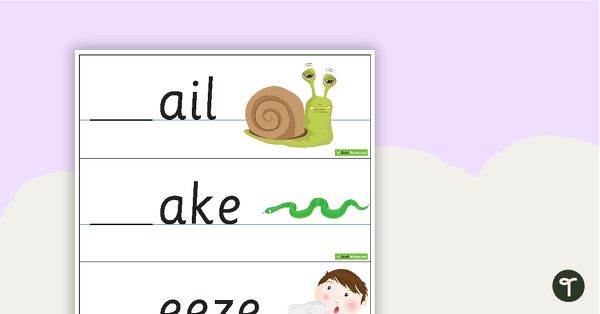
Initial S Blend Cards
A resource to help students identify the S blend at the beginning of a word.